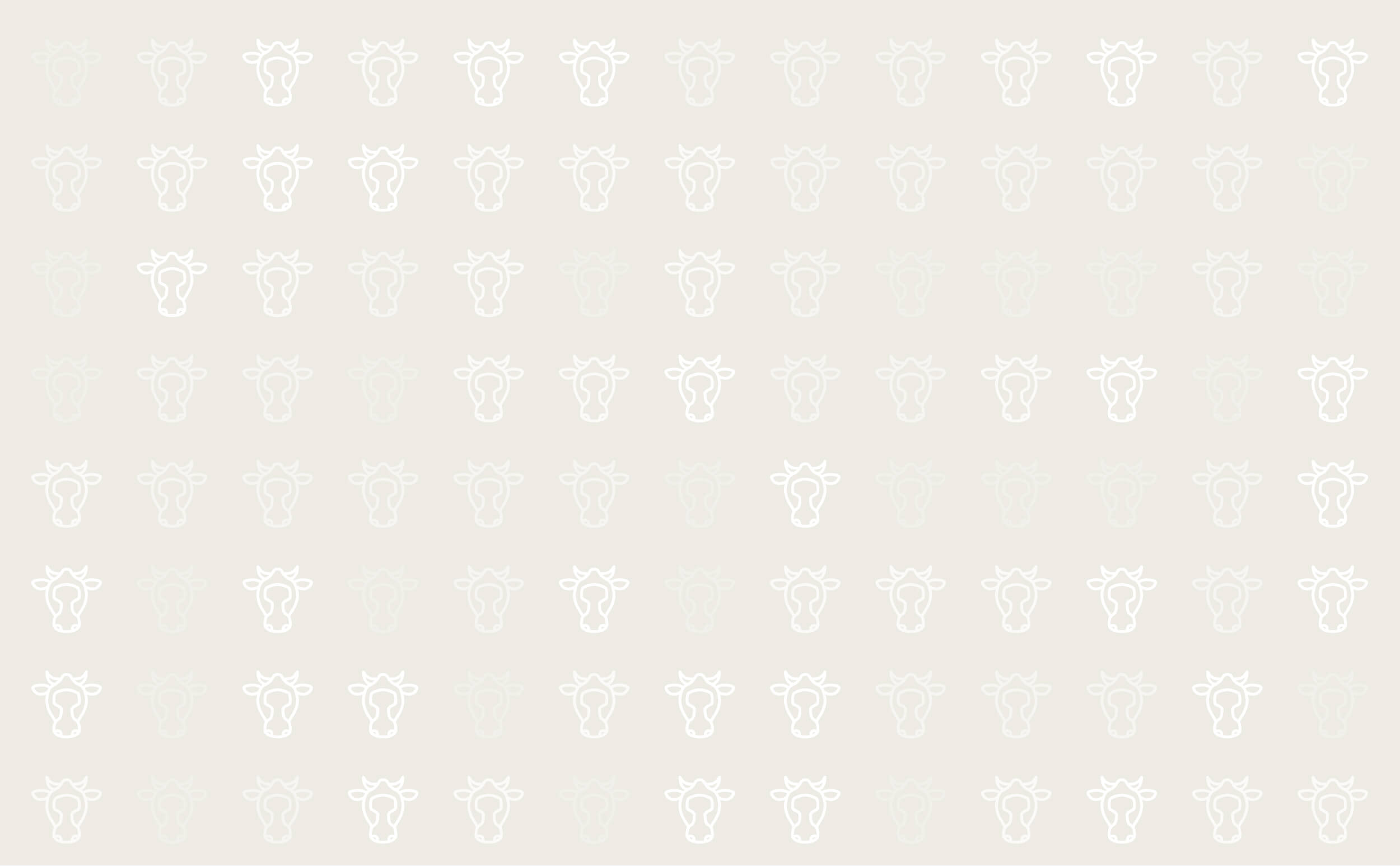



Wooden Tongue (Actinobacillus)
Cause
Wooden tongue is a well-defined disease of the soft tissues of the mouth region in adult cattle. It is caused by actinobacillosis lignieresii, part of the normal bacterial flora of the upper digestive tract. The bacteria usually invade the skin through a wound or minor trauma caused by sticks or straw or barley awns.
Symptoms
- Inability to eat or drink
- Drooling/ saliva
- Rapid loss of condition
- Painful and swollen tongue
- Ulcers on tongue
Animals may occasionally die from starvation and thirst in the acute stages of the disease. As the infection becomes chronic, fibrous tissue is deposited and the tongue becomes shrunken and immobile and eating is difficult.
Local lymph nodes may be enlarged and abscesses may form and discharge creamy pus, which may contain granules.
Less commonly the jaw, lungs, oesophageal groove, or udder may be affected. Rarely granulomas may occur anywhere on the skin or internal organs.
Treatment
It is important to begin treatment early, as advanced cases may fail to respond. The most common treatments are iodine therapy or tetracyclines. Advanced cases may require surgical drainage and irrigation with iodine solution for several days. Treated animals should be observed regularly, as relapses can occur.
Prevention
There are no vaccines available to treat this disease. Control is best achieved by early recognition and prompt treatment or cases, isolation or disposal of infected animals is recommended.

